Oil on panel, Size: cm H cm 73,5 x W 91 (with frame), H cm 53 x W 70 (table without frame)
We apologize for any translation errors from Italian. Click here to read the Italian expertise.
The oil painting on a golden background represents an Adoration of the Magi. The Magi are dressed in sumptuous silk and brocades; they wear precious headgear and jewels. The richness of their garments is placed in contrast to the humility of the Holy Family and the other characters who, curious, observe the scene. The hut is simple, made of wood and straw: above it shines the comet, symbol of the divine event. In the distance, a group of wayfarers walk along a path that is lost on the horizon and confused in the gold of the bottom.
The representation proposes a traditional iconography, in which the painter inserts some details that lend itself to symbolic interpretations. Among these there is the aspect of the Magi, which since the 14th century differs iconographically: the wise astronomers represent the homage to Jesus of the parts of the world known then, namely Africa, Asia and Europe. To the right of the Magi, in the foreground, sits a monkey, considered a demonic creature and symbol of lies and sin. It is depicted in the background, as defeat, next to a fragment of classical column: the ruin alludes to the end of paganism, the old world that collapses to the advent of the new one, marked by the birth of Christ and the liberation from Original Sin. On the ruins you climb ivy, symbol of the immortality of the soul.
The work is attributable to the workshop of the Flemish painter Frans Francken III, belonging to a prolific family of mixed painters who for four generations played a predominant role in local art. Evidence is the comparison with a painting by Frans Francken III, kept at the Museum of Fine Arts of Tournai, in Belgium. In this work is represented the same composition, with some chromatic variations and in which the artist describes, in the background, a glimpse of a Flemish city with houses, a bridge under which flows a river and some inhabitants. The blue sky is marked by some clouds and some bare trees suggest the winter season.
Frans francken III (Antwerp, 1607-1667) belongs to the Francken dynasty of painters. Son of Frans Francken II and Elisabeth Placquet, he was formed in his father’s workshop. In 1639-‘40 he joined the Corporation of San Luca and in 1656, in recognition of the fortune his works earned, he became dean. His ability to paint small figures means that he is often required by other artists to animate landscape or interior compositions with staffage figures.
Frans Francken III specializes in small paintings, painting both sacred and profane subjects.
His works, characterized by the vivacity of colors, vary in the wealth of narrative according to the demand and taste of the clients and their economic possibilities. Often overworked, it is worth the help of the collaborators of the workshop who skillfully imitate its style. He has several students, including Carstian Luyckx and Jan Baptist Segaert.
Tournai’s painting was reproduced several times by the master and his help.


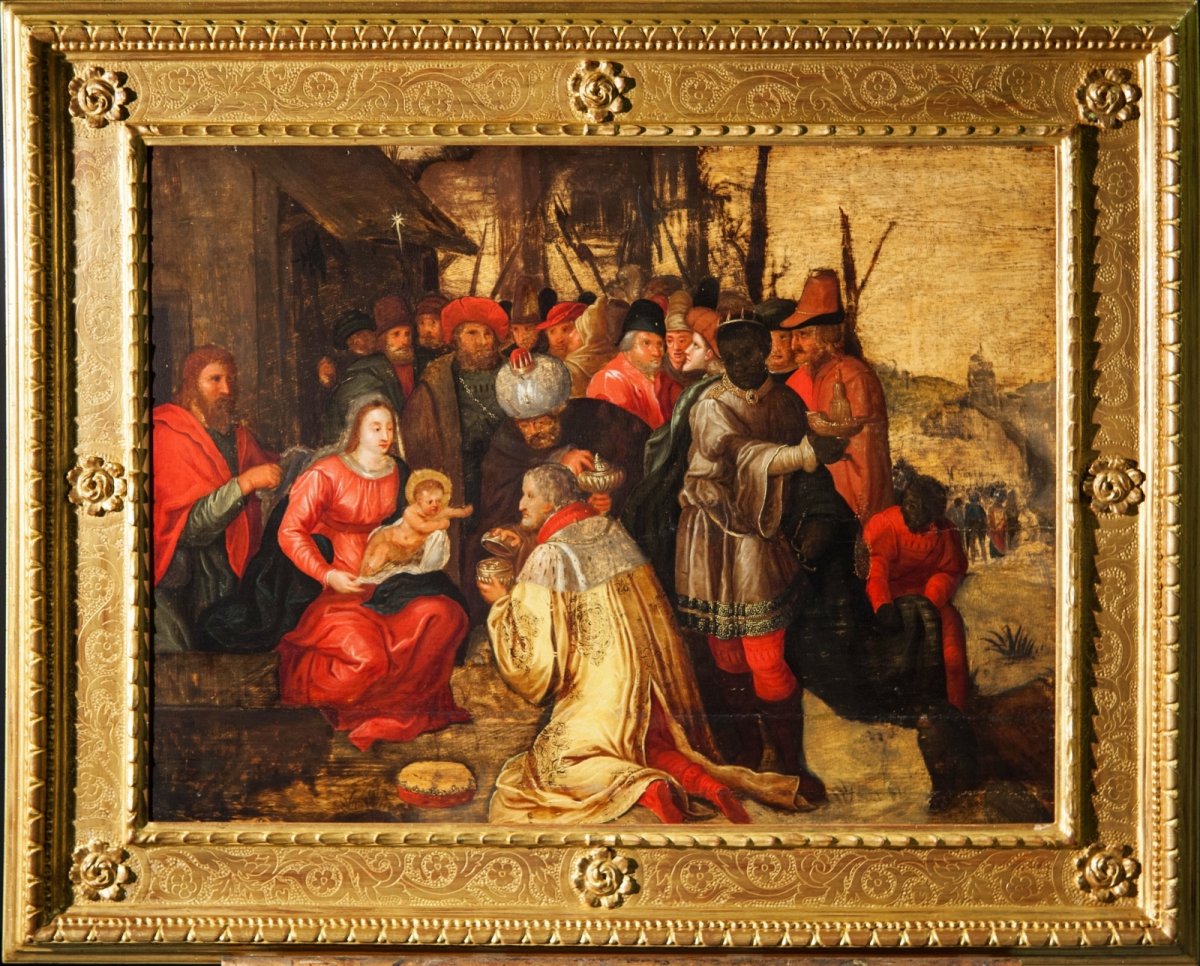
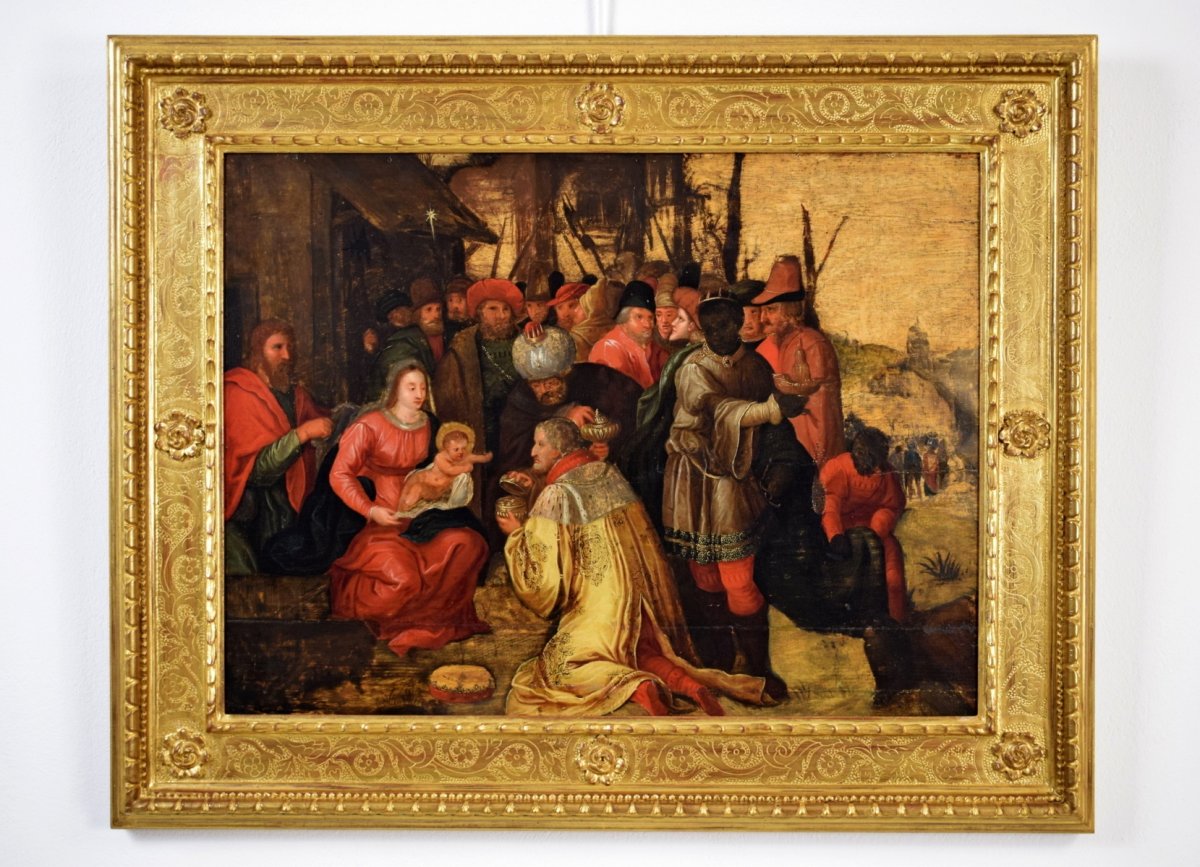

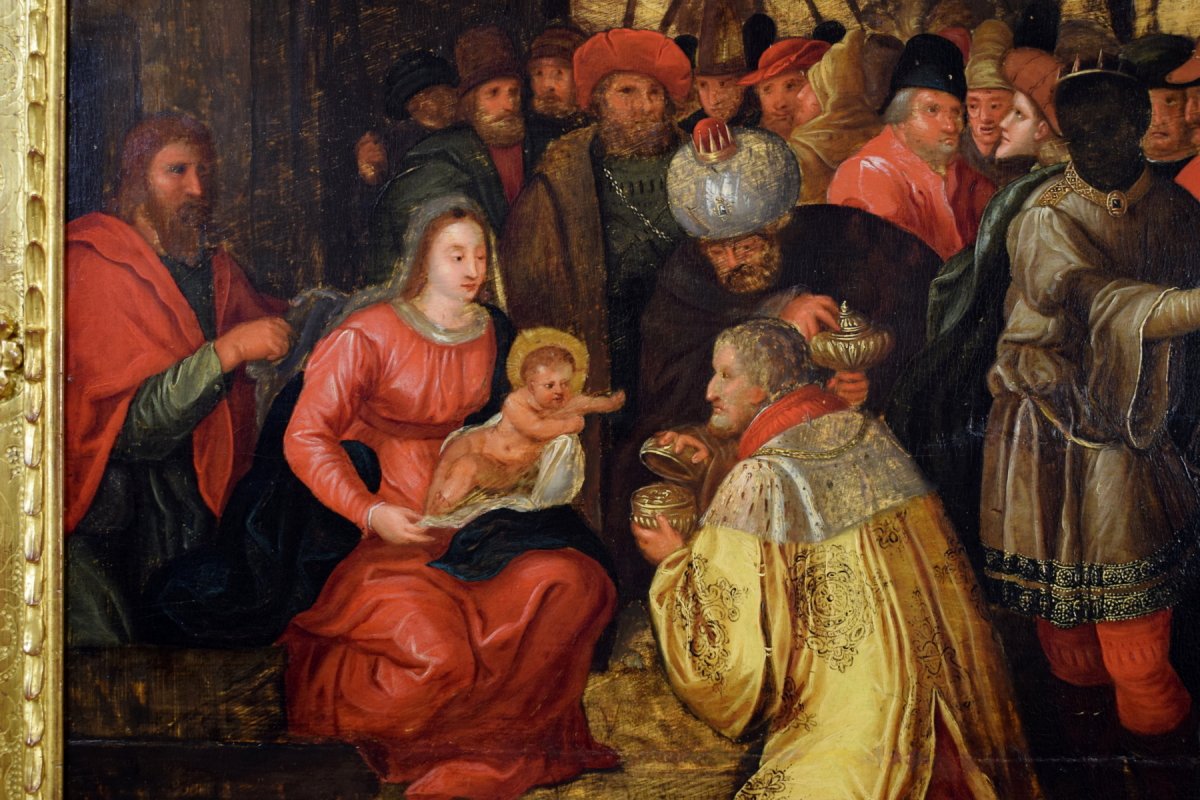

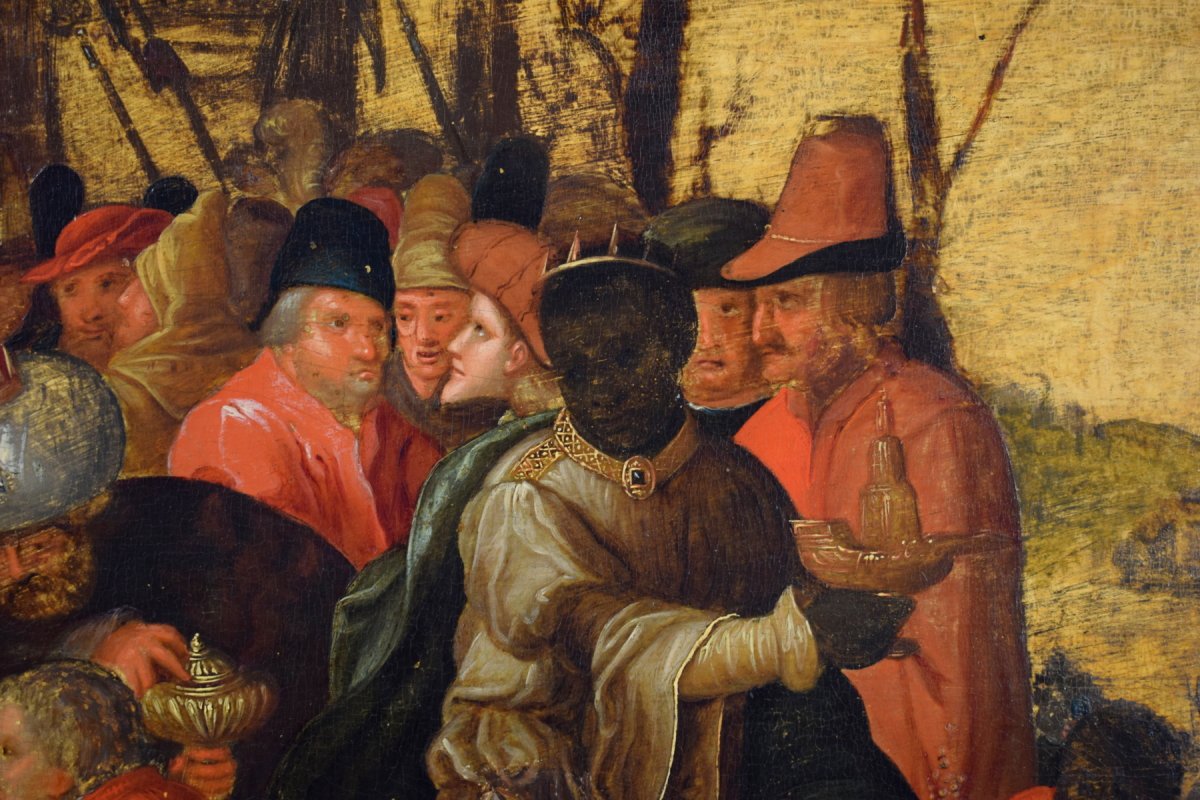
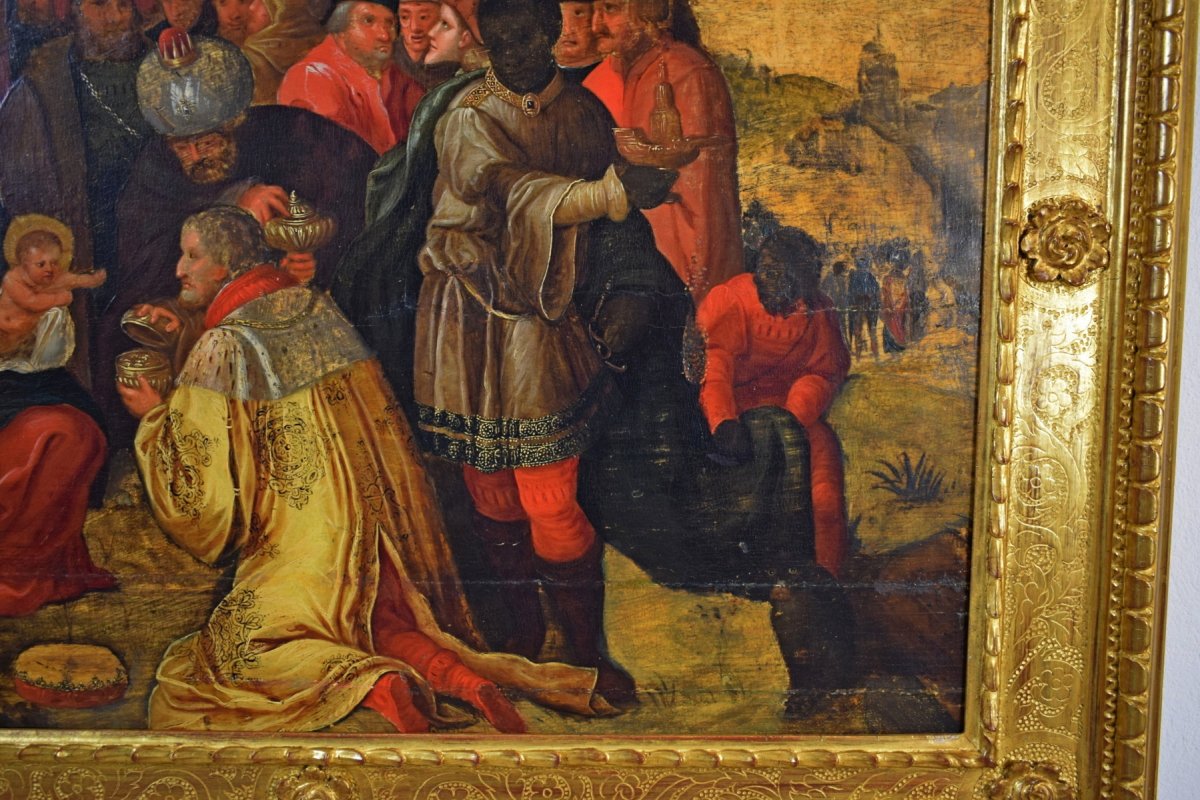
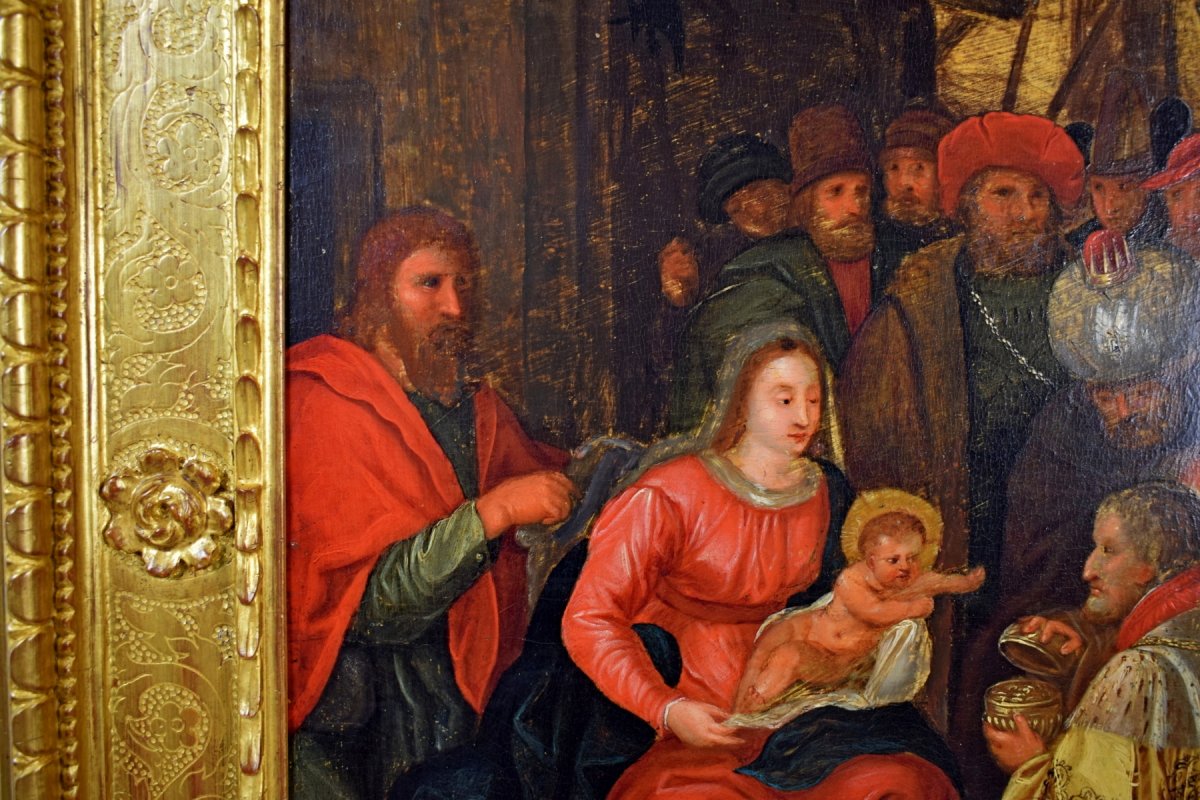
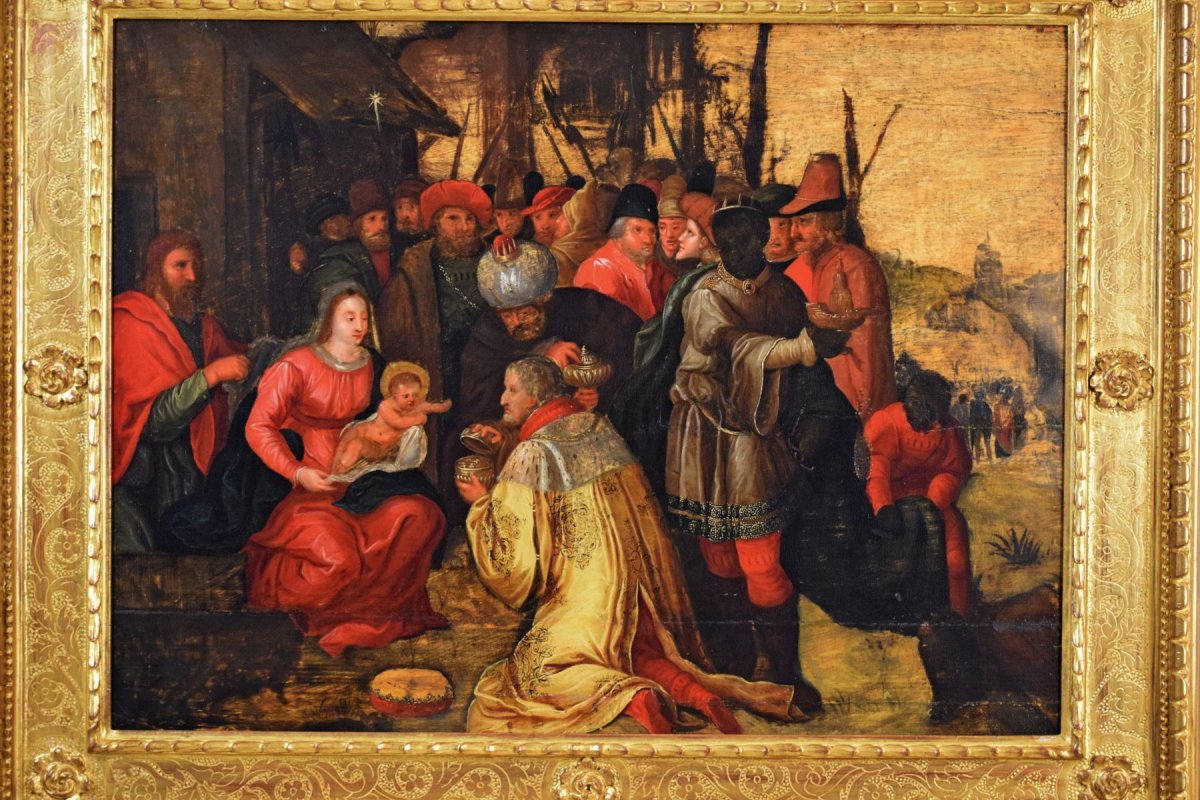
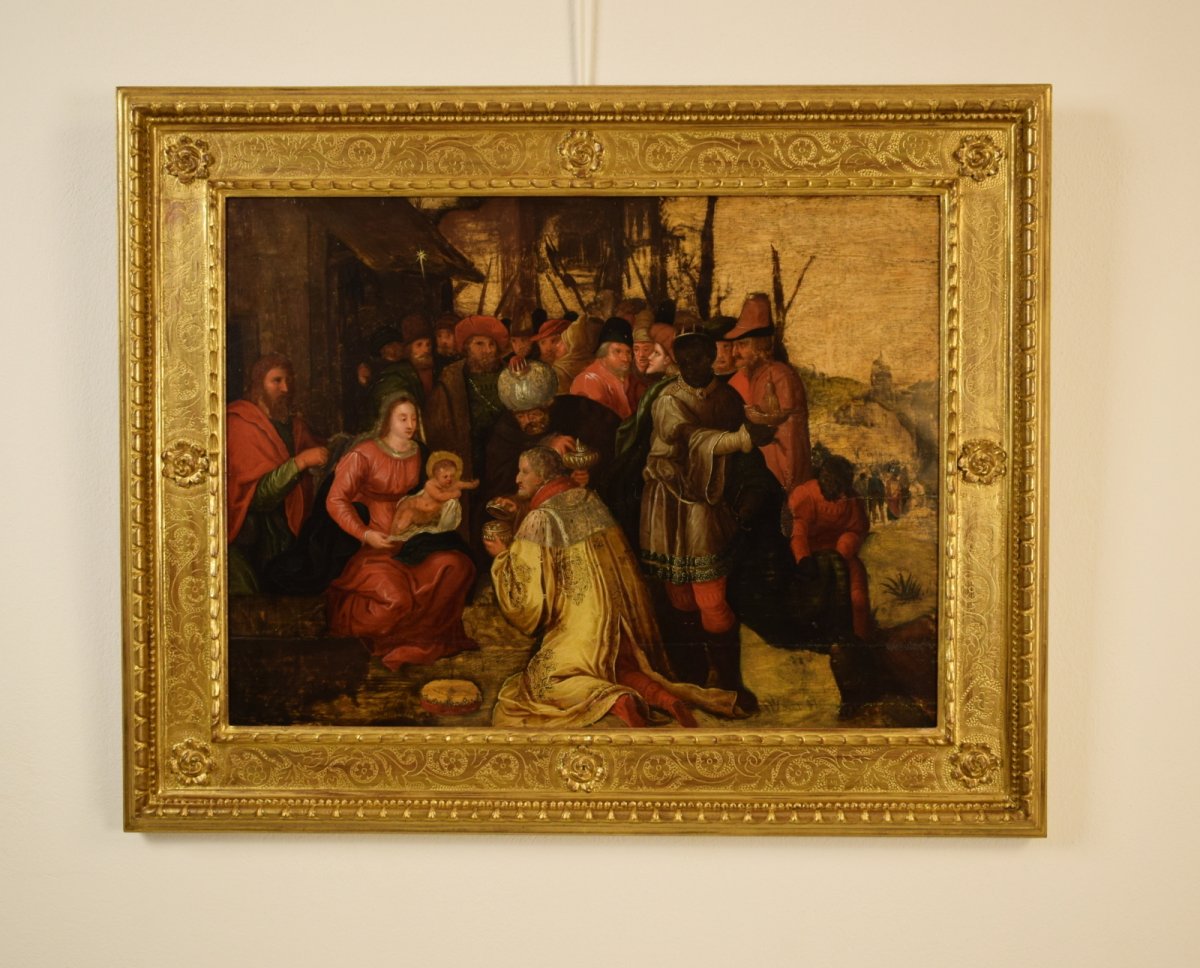
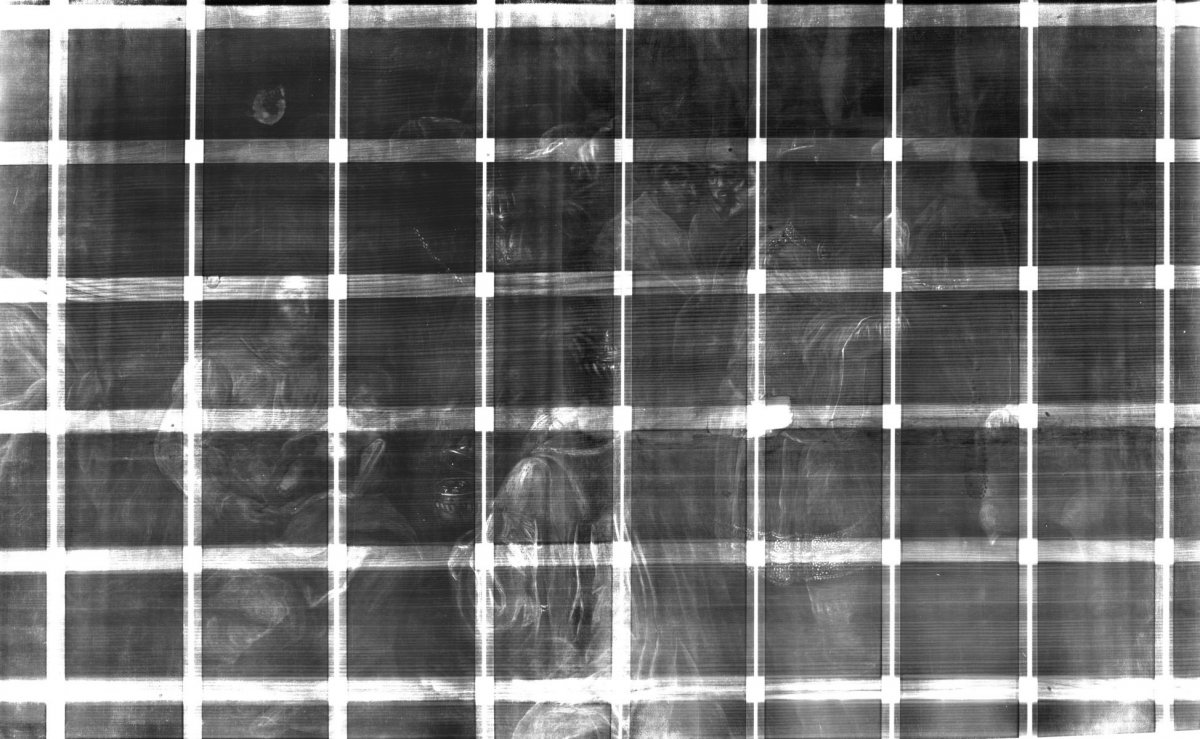
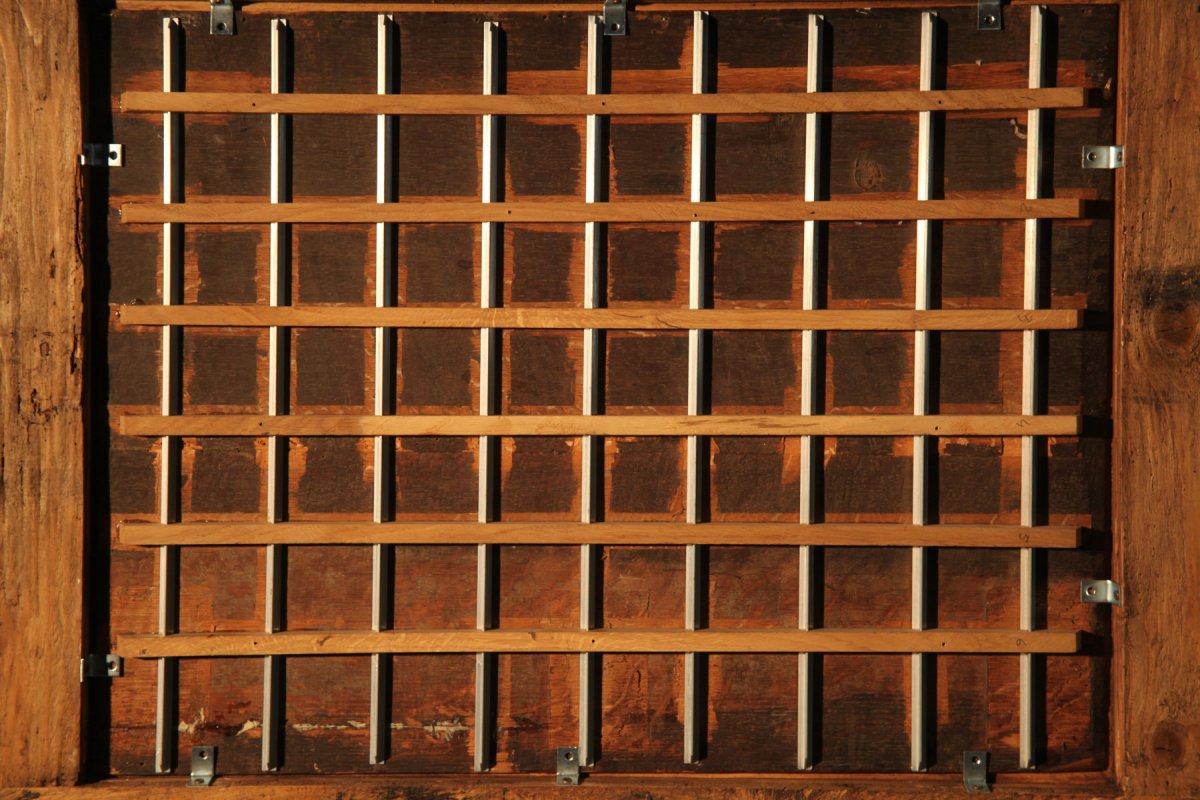


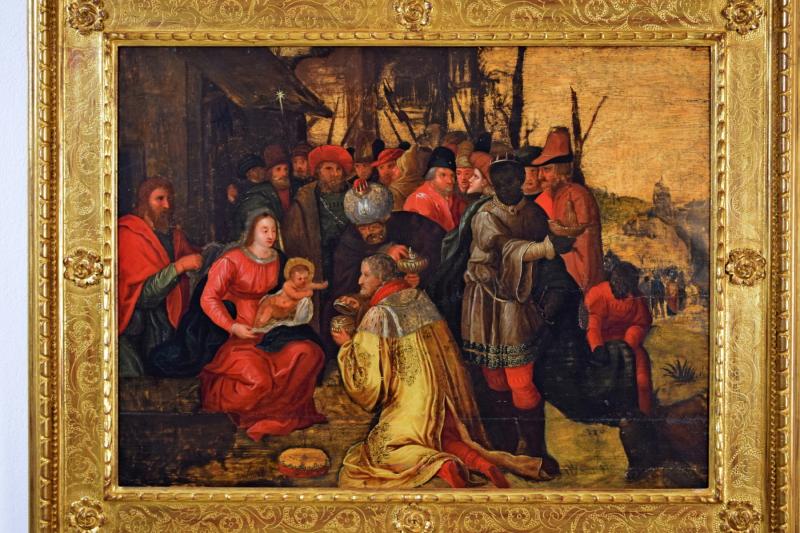










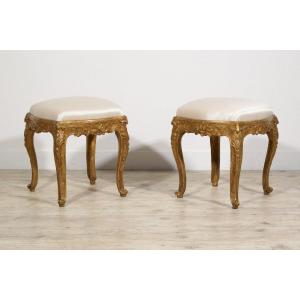
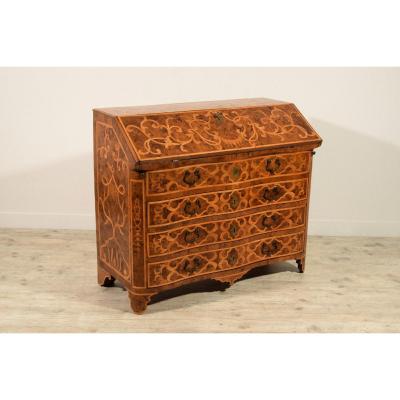
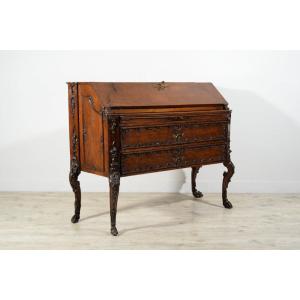


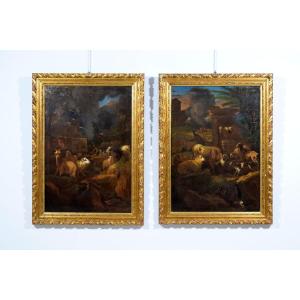
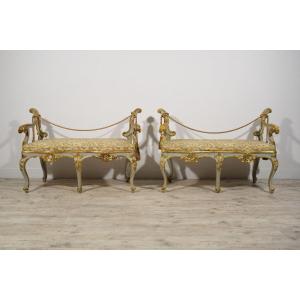
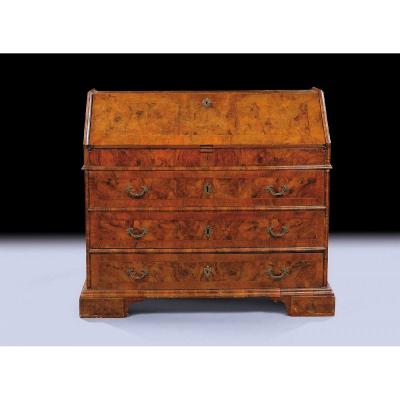


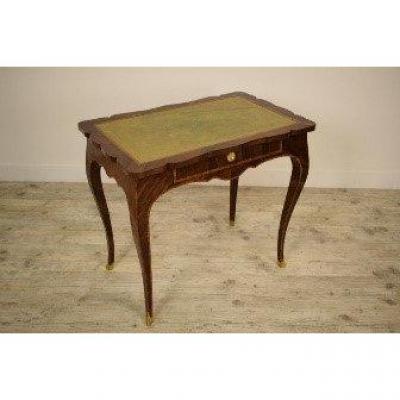
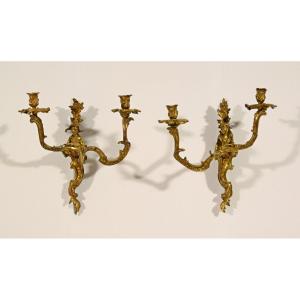
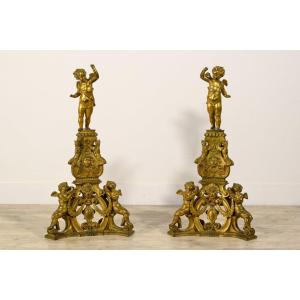
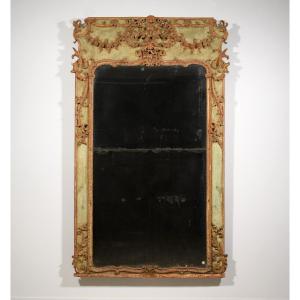
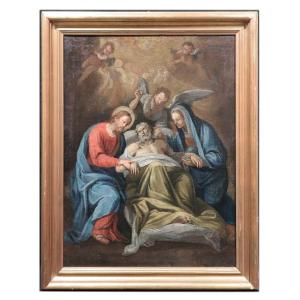



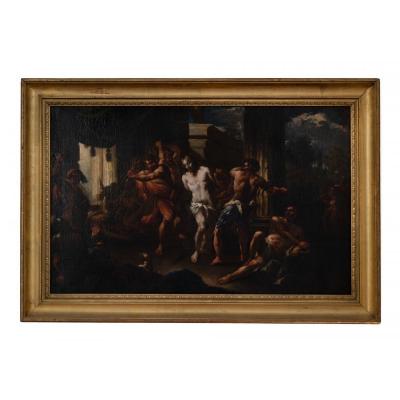



 Le Magazine de PROANTIC
Le Magazine de PROANTIC TRÉSORS Magazine
TRÉSORS Magazine Rivista Artiquariato
Rivista Artiquariato